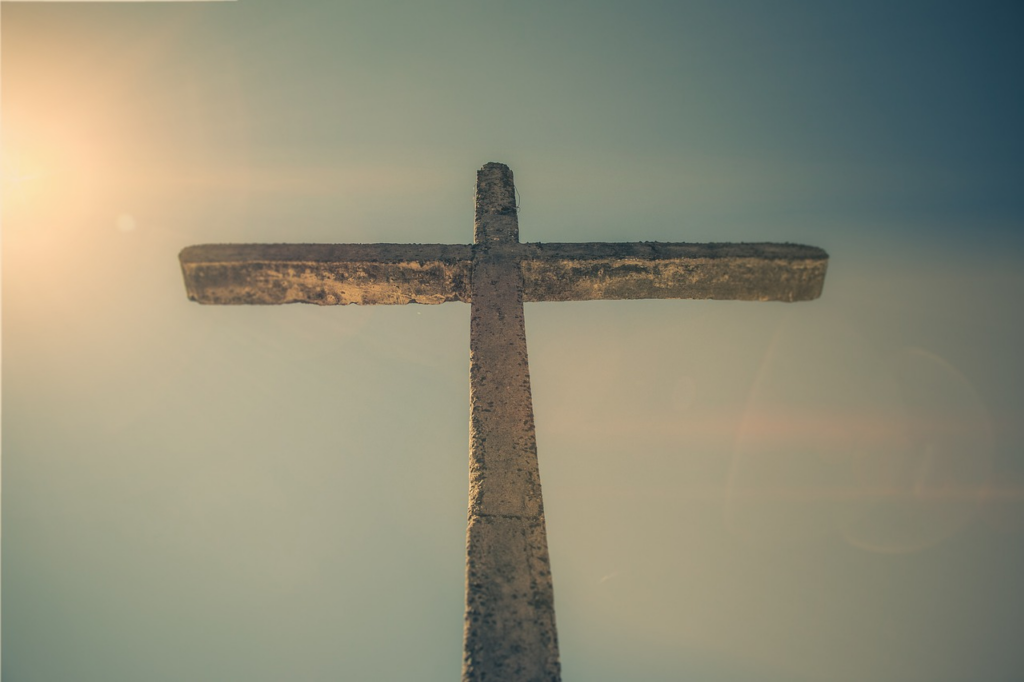Good Friday is a day of deep significance for Christians around the world. Marking the crucifixion of Jesus Christ, this event is celebrated and reflected upon in various ways and is central to the Christian religious calendar.
Good Friday and curiosities
Good Friday is one of the most important days in the Christian calendar, marking the crucifixion of Jesus Christ and the culmination of Holy Week. In addition to its profound religious significance, this date is surrounded by a variety of traditions, rituals and curiosities that capture the imagination and devotion of the faithful around the world.
1. Origins and History
Good Friday is deeply rooted in Christian tradition and dates back to the beginnings of Christianity. Although the exact date of Jesus' crucifixion is the subject of debate among scholars, the celebration of Good Friday was formally established in the 4th century AD by the Council of Nicaea. Since then, it has become an essential milestone in the Christian liturgical calendar, marking Jesus' supreme sacrifice for humanity.
2. Theological meaning
From a theological point of view, Good Friday is seen as the culmination of the Passion of Christ, representing Jesus' extreme suffering and death on the cross. Christians believe that Jesus voluntarily sacrificed himself to redeem humanity's sins, offering a new covenant between God and man. This belief in the atonement of sins through Jesus' sacrifice is central to Christian theology and is widely celebrated and remembered during Good Friday.

3. The Journey of the Way of the Cross
One of the most common practices associated with Good Friday is the Way of the Cross. This is a symbolic representation of the last steps of Jesus Christ, from his condemnation to his crucifixion and burial. The Way of the Cross is often performed in processions, where the faithful walk this spiritual journey, meditating on Jesus' suffering and reflecting on the meaning of his redemptive death.
4. Traditions and rituals
Good Friday is marked by a series of traditions and rituals in different Christian communities around the world. From reading the Passion Gospels to holding special religious services, each tradition has its own ways of honoring and remembering this holy day. In addition, in many Christian traditions, Good Friday is a day of fasting and abstinence, where the faithful abstain from meat and eat simple meals as a way of connecting with Jesus' sacrifice.
5. Symbols and Iconography
The iconography associated with Good Friday is rich in symbolism and religious significance. The crown of thorns, the nails, the cross and even characters from the Passion narrative, such as Judas Iscariot and Pontius Pilate, are often represented in religious ceremonies and works of art as symbols of this spiritual journey. These symbols serve as tangible reminders of Jesus' sacrifice and the redemption he offers to believers.
6. Contemporary Relevance
Despite being a celebration more than two thousand years old, Good Friday continues to be relevant for Christians around the world. In addition to traditional religious practices, this date is also an opportunity to reflect on contemporary issues such as injustice, forgiveness and the role of faith in an ever-changing world. The message of love, forgiveness and redemption that is central to Good Friday resonates deeply in a world that often seems filled with division and conflict.
Good Friday is much more than just a religious holiday. It is a time for Christians to reflect on the events that have shaped their faith and to renew their commitment to the core values of Christianity. May this Good Friday be a time of deep contemplation and spiritual renewal for all who observe it. May we remember the sacrifice of Jesus Christ and strive to live according to his teachings of love, forgiveness and compassion.
See also: In Tune with the Divine: Stay Informed on Current Religious Issues
May 21st, 2024
With much faith and positivity, she writes for the Oração e Fé daily, bringing messages and Divine teachings to everyone.